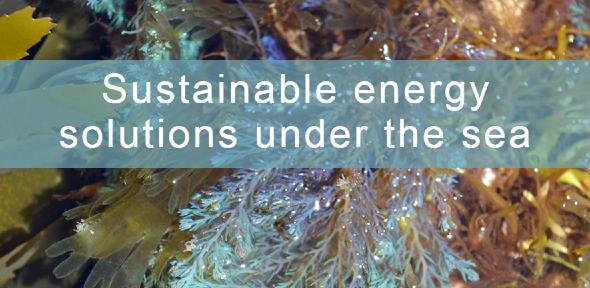
How could tiny antennae attached to tiny algae speed up the transition away from fossil fuels? This is one of the questions being studied by Cambridge researchers as they search for new ways to decarbonise our energy supply, and improve the sustainability of harmful materials such as paints and dyes.
Funded by the European Union’s Horizon 2020 research and innovation programme, the Bio-inspired and Bionic materials for Enhanced Photosynthesis (BEEP) project, led by Professor Silvia Vignolini in the Yusuf Hamied Department of Chemistry, studied how marine organisms interact with light. The four-year sustainable energy project brought together nine research groups from across Europe and drew its inspiration from nature, in particular from the marine world, where organisms including algae, corals and sea slugs have evolved efficient ways to convert sunlight into energy. Harnessing these properties could aid in the development of new artificial and bionic photosynthetic systems.
Some of the brightest and most colourful materials in nature – such as peacock feathers, butterfly wings and opals – get their colour not from pigments or dyes, but from their internal structure alone. The colours our eyes perceive originate from the interaction between light and nanostructures at the surface of the material, which reflect certain wavelengths of light. As part of the BEEP project, the team studied structural colour in marine species. Some marine algae species have nanostructures in their cell walls that can transmit certain wavelengths of visible light or change their structures to guide the light inside the cell. Little is known about the function of these structures, however: scientists believe they might protect the organisms from UV light or optimise light harvesting capabilities.
The team studied the optical properties and light harvesting efficiency of a range of corals, sea-slugs, microalgae and seaweeds. By understanding the photonic and structural properties of these species, the scientists hope to design new materials for bio-photoreactors and bionic systems.
"Coordinating this project has been a great experience. I learned immensely from the other groups in BEEP and the young researchers. The opportunity to host researchers from different disciplines in the lab was instrumental in developing new skills and approaching problems from a different perspective," Professor Silvia Vignolini in the Yusuf Hamied Department of Chemistry
University of Cambridge full article

